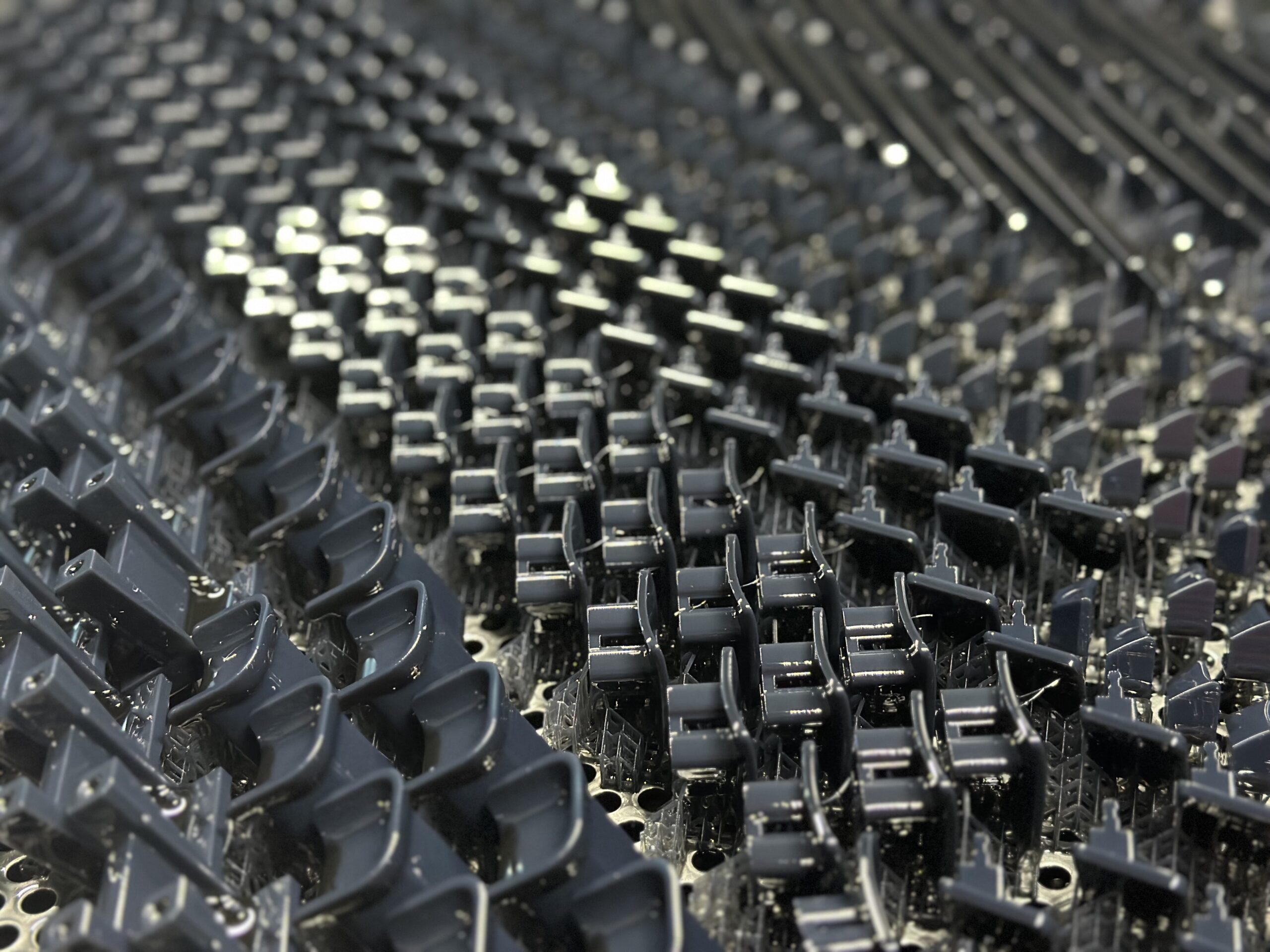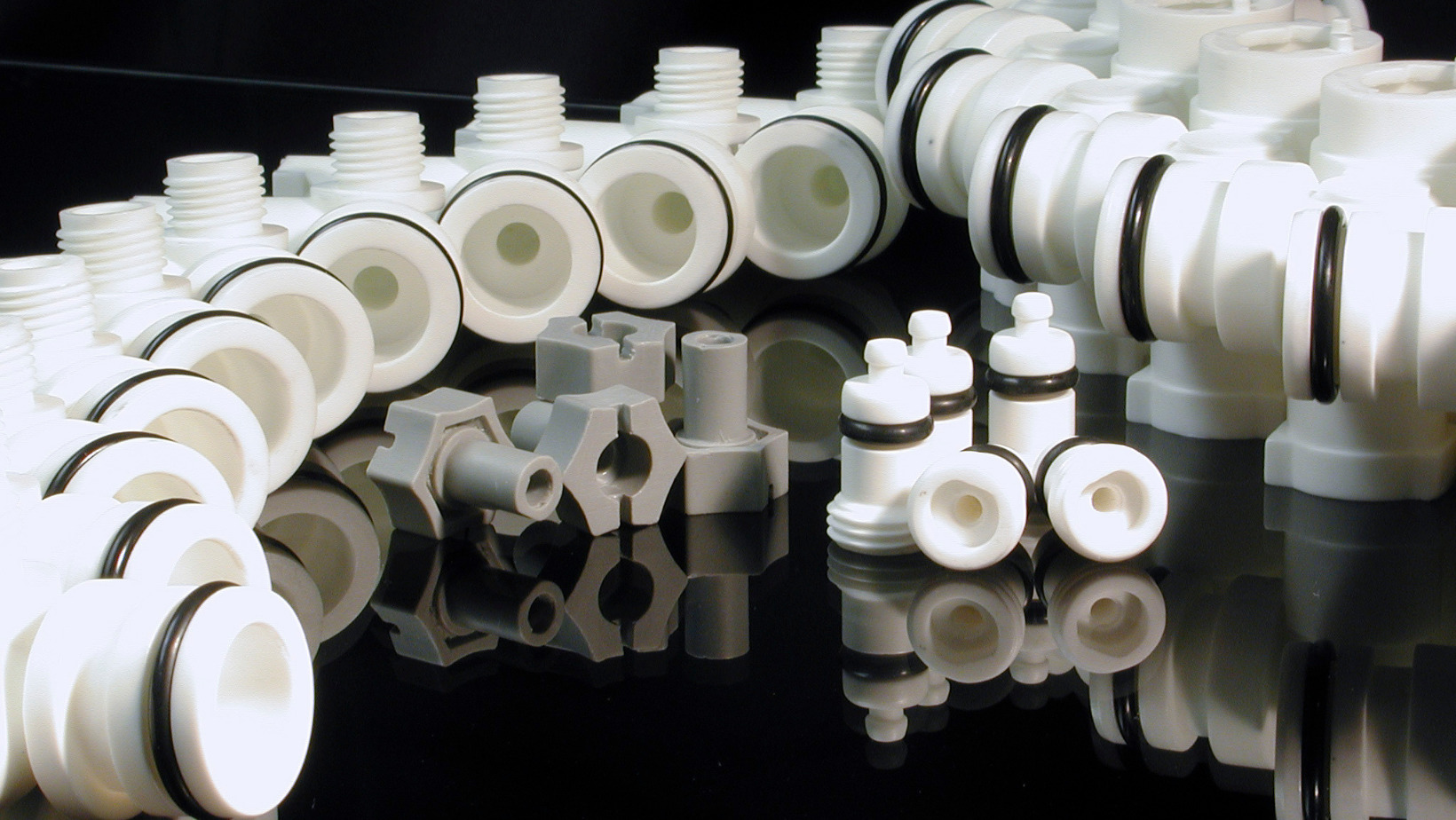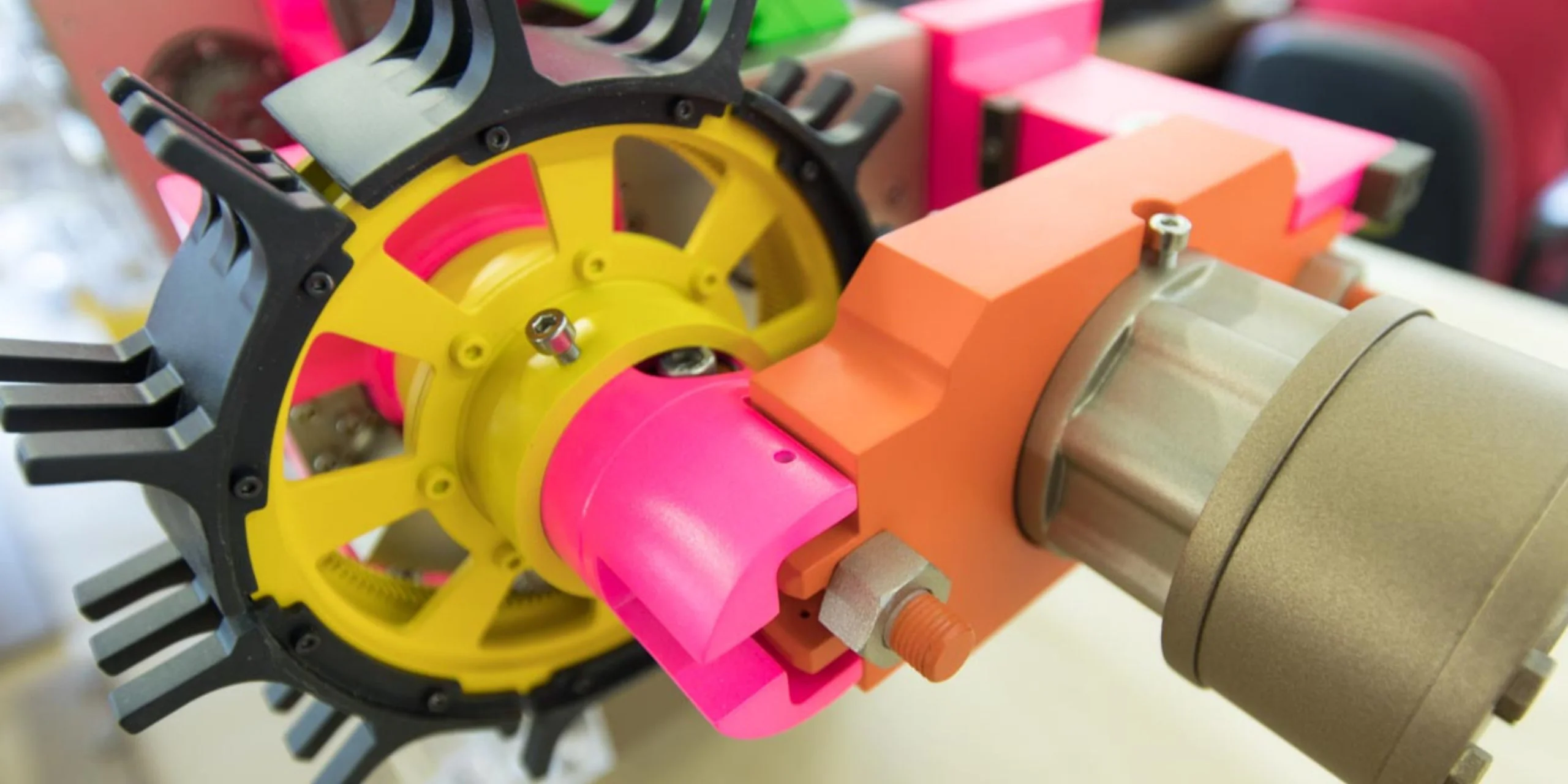Understanding the Prototype to Mass Market Gap:
Prototypes are invaluable in the product development process, allowing engineers and designers to test, refine, and validate their ideas. However, transitioning from a well-tested prototype to mass production is a complex task. Factors such as cost, scalability, and production methods often present significant challenges. Many companies struggle to find the right balance between quality, quantity, and cost-effectiveness during this critical stage. That’s where low-volume manufacturing plays a vital role.
Low-volume manufacturing acts as the critical bridge, enabling businesses to address the challenges encountered during the transition from prototype to mass production. This manufacturing approach focuses on producing small to medium quantities of products, typically ranging from a few dozen to a few thousand units. By leveraging low volume manufacturing, We can help empower businesses to:
Speed up Time-to-Market: Low volume manufacturing allows companies to produce functional products quickly, reducing the time required for design iterations and modifications. Rapid prototyping technologies and agile manufacturing processes, enabling businesses to refine their products and iterate faster, getting them ready for the mass market in a shorter span of time.
Validate and Test Market Demand: Before committing to large-scale production, it is crucial to validate market demand. Low volume manufacturing provides an opportunity to test the market and gather valuable feedback from customers. Businesses can assess product acceptance, make necessary adjustments, and gauge demand patterns without investing in expensive mass production.
Fine-tune Production Processes: Transitioning from prototype to mass production often requires adjustments to manufacturing processes. Low volume manufacturing offers a chance to refine these processes, optimize supply chains, and streamline operations. By identifying and addressing potential bottlenecks early on, we can help businesses create efficient production workflows that can be scaled up seamlessly.
Reduce Costs and Mitigate Risks: Traditional mass production involves substantial upfront investment in tooling, molds, and equipment. In contrast, low volume manufacturing allows businesses to avoid high capital expenditures by utilizing cost-effective manufacturing methods such as 3D printing, CNC machining, and small-batch production. This approach reduces financial risks, making innovation more accessible to companies of all sizes.
Maintain Quality Standards: Ensuring consistent quality throughout the production process is critical for market success. Low volume manufacturing enables Malcolm Nicholls Ltd to closely monitor and control every stage of production, ensuring that the final products meet the desired quality standards. By adhering to stringent quality control measures, businesses can build a strong reputation and gain customer trust.




